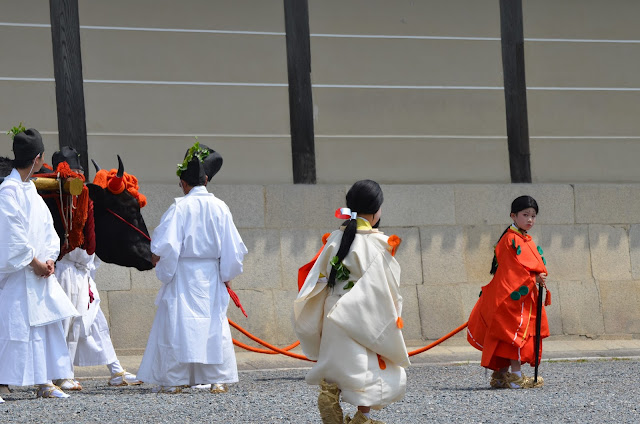I already had a bunch of stuff on yesterday's blog, so I put the tail end of that day into this blog. We went from Kinkaku-ji to To-ji. I already posted a bunch of pictures of To-ji (biggest wooden pagoda) back in March, so go there and check those out if you haven't already. From there we went to Fushimi Inari-taisha which I also already posted a bunch of pictures of (lots of red gates on a small mountain). I got a couple other good pictures that day though, so those are the first three posted here.
When I visited To-ji before, the lotus weren't in bloom. So, I snapped a shot of them.
At the train station on the way to Inari I found a cicada on the ground, These guys were deafening, by the way. If you stand under the wrong tree, you literally cannot hear the person standing next to you talk.
I flipped him over. He was alright.
The next day we got up early and went to Uji (a small city neighboring Kyoto) to see Byodo-in. Byodo-in is a Buddhist temple which houses the famous Phoenix Hall (pictured below). The Phoenix Hall is pictured on the ten yen coin, and the phoenix himself is on the 10000 yen note. The phoenixes can just barely be seen on top of the central section of the hall. There was also a really awesome museum, with tons of statues of little bodhisattvas flying around on clouds, but you couldn't take pictures in there.
You can see some people visiting the inner chamber of the hall here. It only cost a little more money to go in, but there was a wait. Being that it was over 100 degrees, we decided to skip it.
Here you can see the temple reflected in the pond surrounding it.
You can faintly see the giant Buddha sitting inside the hall. You can also see the phoenixes on top of the hall a bit better. Apparently, centuries ago people would bring the dying here to help guide them to paradise.
We then left Uji and headed to Osaka where we visited the world famous aquarium there. My pictures there mostly kind of sucked because of reflections and dirty glass, so I edited them pretty heavily to not look so sucky. Still you can see reflections and stuff, oh well.
Aren't these things creepy? They're huge, by the way. Not sure if you can tell, but those legs are like six feet long.
These jellies were also kind of creepy. Not much more to say there.
These two were the main attraction. The whale sharks! They were in the biggest aquarium I've ever seen, and still it wasn't big enough for them. I believe that when they reach adulthood the aquarium releases them and adopts new babies to replace them.
From the aquarium we went to Sumiyoshi-taisha, one of the oldest shrines in Japan. It predates Chinese influence, and thus has a uniquely Japanese architecture. This bridge especially is pretty neato.

I just liked this picture. It's very Japanese. Modern and ancient stuff just thrown together all hodge podge. Also, you can maybe get an idea of how many people ride bicycles from this picture.
Until next time! (Tomorrow is Fuji, get hype!)












































